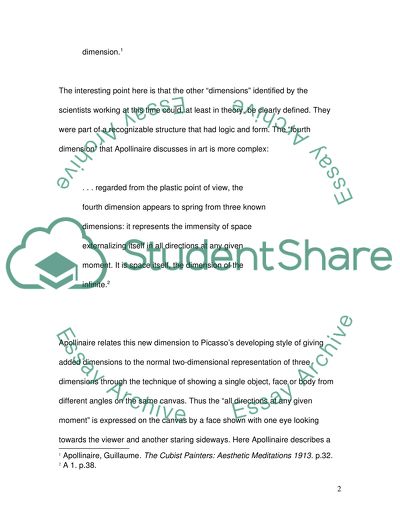Cite this document
(“The Relationship between the Artist and the Critic: the Written Word Essay”, n.d.)
The Relationship between the Artist and the Critic: the Written Word Essay. Retrieved from https://studentshare.org/miscellaneous/1512537-the-relationship-between-the-artist-and-the-critic-the-written-word-as-a-means-of-defining-artistic-intention
The Relationship between the Artist and the Critic: the Written Word Essay. Retrieved from https://studentshare.org/miscellaneous/1512537-the-relationship-between-the-artist-and-the-critic-the-written-word-as-a-means-of-defining-artistic-intention
(The Relationship Between the Artist and the Critic: The Written Word Essay)
The Relationship Between the Artist and the Critic: The Written Word Essay. https://studentshare.org/miscellaneous/1512537-the-relationship-between-the-artist-and-the-critic-the-written-word-as-a-means-of-defining-artistic-intention.
The Relationship Between the Artist and the Critic: The Written Word Essay. https://studentshare.org/miscellaneous/1512537-the-relationship-between-the-artist-and-the-critic-the-written-word-as-a-means-of-defining-artistic-intention.
“The Relationship Between the Artist and the Critic: The Written Word Essay”, n.d. https://studentshare.org/miscellaneous/1512537-the-relationship-between-the-artist-and-the-critic-the-written-word-as-a-means-of-defining-artistic-intention.


